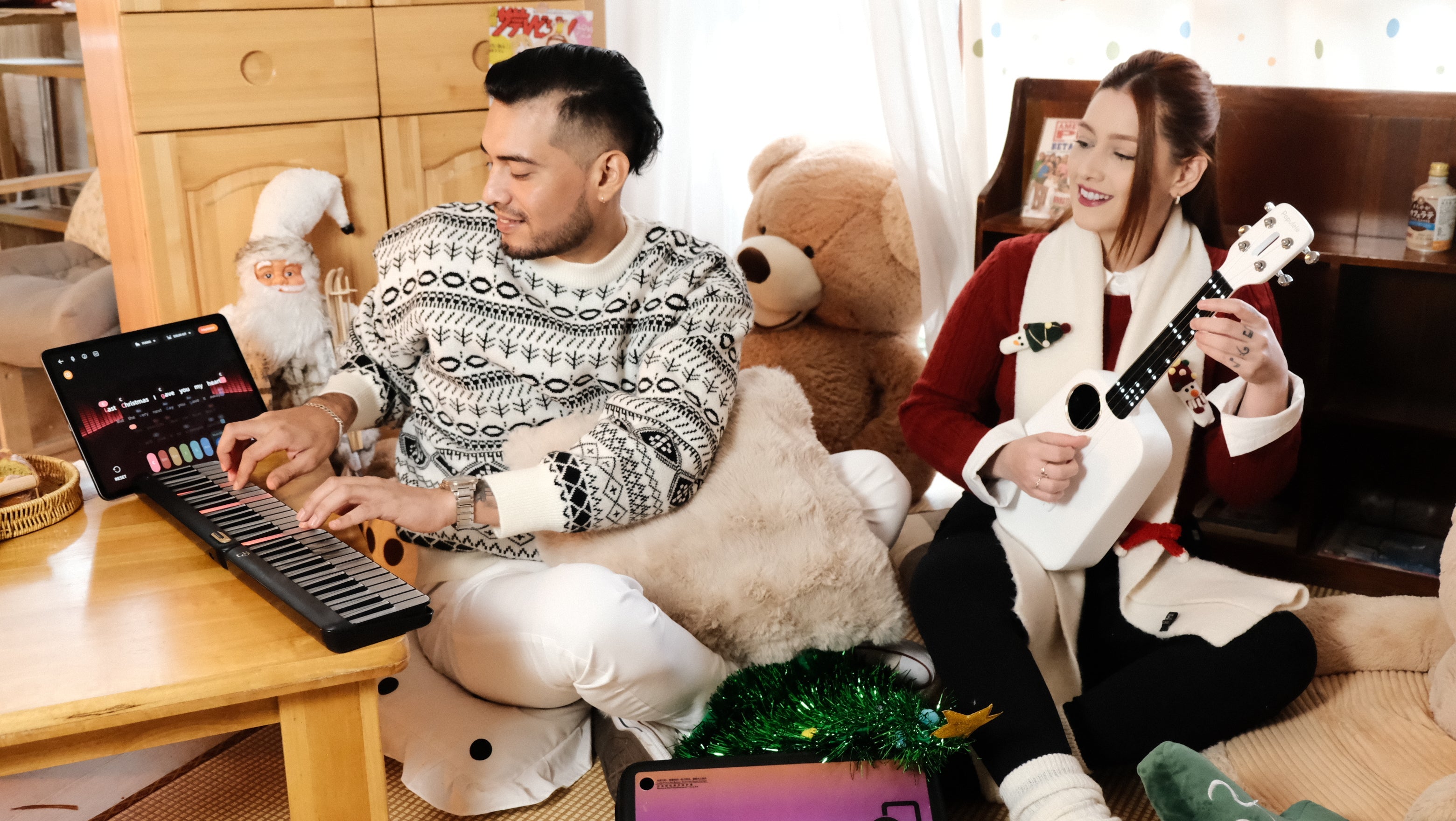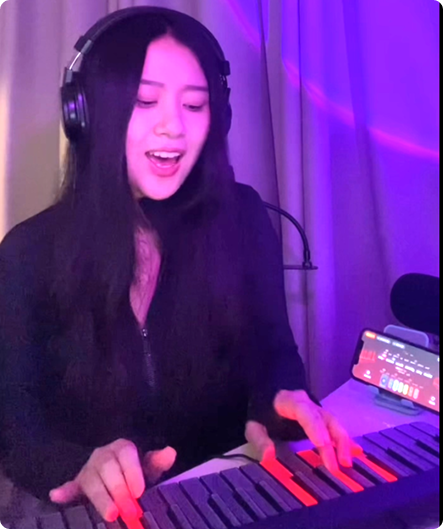
You’ve always wanted to sit down at a piano and let your hands wander into something beautiful. Maybe last week’s viral clip of a sixty‑year‑old beginner nailing “Clair de Lune” finally pushed you past the “someday” stage. Whatever lit the spark, you’re in good company—adult enrollments in piano courses and downloads of every major piano learning app have soared over the last two years.
Below is an evidence‑packed roadmap built around the keyword learning piano and its close cousins learning to play piano, learning piano as an adult, and finding the best piano learning app for the way you live. We’ll keep it friendly, lightly playful, and entirely doable.
Neuroscientists keep shouting the same good news: adult brains remain delightfully plastic. Learning an instrument stimulates multiple cognitive networks, improving memory, mood, and processing speed—even in seniors. One study on elderly beginners showed that piano lessons reduced depression scores and boosted overall quality of life.
Music teachers see it every week. Adult students usually concentrate longer than kids, ask sharper questions, and remember details their nine‑year‑old counterparts forget. Pretty neat, right?
Goals matter. Maybe you want to sight‑read hymns, accompany your kids, or just unwind after work. Spell it out in a notebook. Concrete targets—“play the left‑hand pattern from ‘Let It Be’ at 80 bpm by month two”—turn vague hopes into micro‑missions you can tick off.
Make the goal visible: stick it on your practice stand or set it as your phone wallpaper. A written reason helps when the couch and Netflix look extra cozy.
Mix and match. Many adults start with an app to build a habit, then add a monthly coaching session for finesse.
|
App |
Why It Shines |
|
Simply Piano |
Clear step‑by‑step path for absolute beginners |
|
Flowkey |
Big song library & slow‑motion “Wait Mode” |
|
Pianote |
Teacher‑feedback videos plus live Q&As |
|
Yousician |
Game‑style missions, real‑time scoring |
|
Skoove |
Structured courses with theory nuggets |
Independent reviewers still rank Simply Piano and Flowkey highest for newcomers, while Pianote wins on coach interaction for intermediate players.
Before subscribing, try out at least two apps for a week each. Interface vibe and feedback style feel surprisingly personal—choose the one that makes you grin when it says “Great job!”
If you’re short on space or patience for MIDI hookups, a visual‑guided board like the Smart Keyboard slashes setup time. Fifty‑nine LED keys glow in real time with lesson prompts, and the bundled app skips monthly fees. Reviewers praise its portability (just over five pounds) and “futuristic” RGB aesthetics—perfect for late‑night practice without disturbing roommates.
Don’t worry about the shorter key span; early repertoire and most pop chords live comfortably within 59 notes. When you outgrow it, the PopuPiano still doubles as a travel MIDI controller.
Teachers used to preach “an hour a day.” Modern research says consistency beats marathons. Pianist‑educator Graham Fitch’s 20‑minute practice scheme (warm‑up, focused goal, quick review) drives steady gains without fatigue.
Keyboard forums back him up: beginners logging 10–30 minutes daily report better finger strength and memory than weekend‑only warriors.
Sneak in five minutes of “silent keyboard” drills on your desktop at work. Muscle memory cares more about repetition than volume.
Week 1: Navigate middle‑C, learn finger numbers, play a two‑note rhythm.
Week 2: C‑G five‑finger pattern with both hands (separately).
Week 3: Simple chord progression (C–Am–F–G) plus a basic pop melody.
Week 4: Record yourself; spot tension or timing slips.
These tiny wins stack fast, and they’re exactly what apps like Simply Piano celebrate with streak badges—motivating in the moment, strangely addictive long‑term.
|
Month |
Song Goal |
Skill Focus |
|
2 |
“Ode to Joy” (melody) |
Right‑hand phrasing |
|
3 |
“Lean on Me” (chord rhythm) |
Broken triads |
|
3 |
“Let It Be” (hands together chorus) |
Syncopation |
|
4 |
“Canon in D” progression loop |
Left‑hand octave jumps |
|
5 |
“Clocks” riff |
Arpeggiated patterns |
|
6 |
“Moonlight Sonata” mvt 1 bars 1‑16 |
Expressive dynamics |
Plug these titles into Flowkey or Pianote and follow the guided loops. Each tune layers one new technical challenge onto familiar ground.
Mixing goals (technique + social fun) prevents the midyear slump every adult faces when work deadlines pile up.
Do I need a full 88‑key board? Not at first. A 61‑key (or PopuPiano’s 59) covers 90 % of beginner pieces. Upgrade when you crave advanced classical repertoire.
Will I pick up bad habits with an app alone? Apps catch timing and pitch errors but miss subtleties like wrist tension. Add a monthly teacher check‑in or film yourself for self‑critique.
How long to play my first full song? With 20 minutes daily, many adults finish a simplified pop tune in 4–6 weeks. Expectations set happiness levels—keep them realistic and celebrate each small step.
Learning piano as an adult is less about chasing childhood virtuoso dreams and more about weaving pockets of music into a busy life. Technology—whether a thoughtfully chosen piano learning app or the LED‑guided Smart Keyboard—shrinks friction, but your curiosity and consistency do the heavy lifting.
Carve out those 20‑minute blocks, trust the science on adult neuroplasticity, and let each glowing key or app badge remind you that progress is happening even on the days it feels slow. Within a year you’ll look back at your first shaky C‑major scale and smile at how far those fingers have traveled. Keep going. The next octave is waiting.
Leer más

How Many Keys on a Piano Keyboard?
Warm Guide to Every Size—from 25 to 102 (and a Modular Surprise) Ever stared at a keyboard and wondered, “Hang on, how many notes do these little rectangles give me?” Two seconds later, you’re coun...

Electronic Musical Instruments in 2025: A Friendly Guide to Gear That Sparks Creativity
Walk into any bedroom studio today and you’ll spot blinking pads, light‑up keys, and travel‑sized synths sitting next to laptops. Sales keep climbing: analysts expect the global electronic musical ...